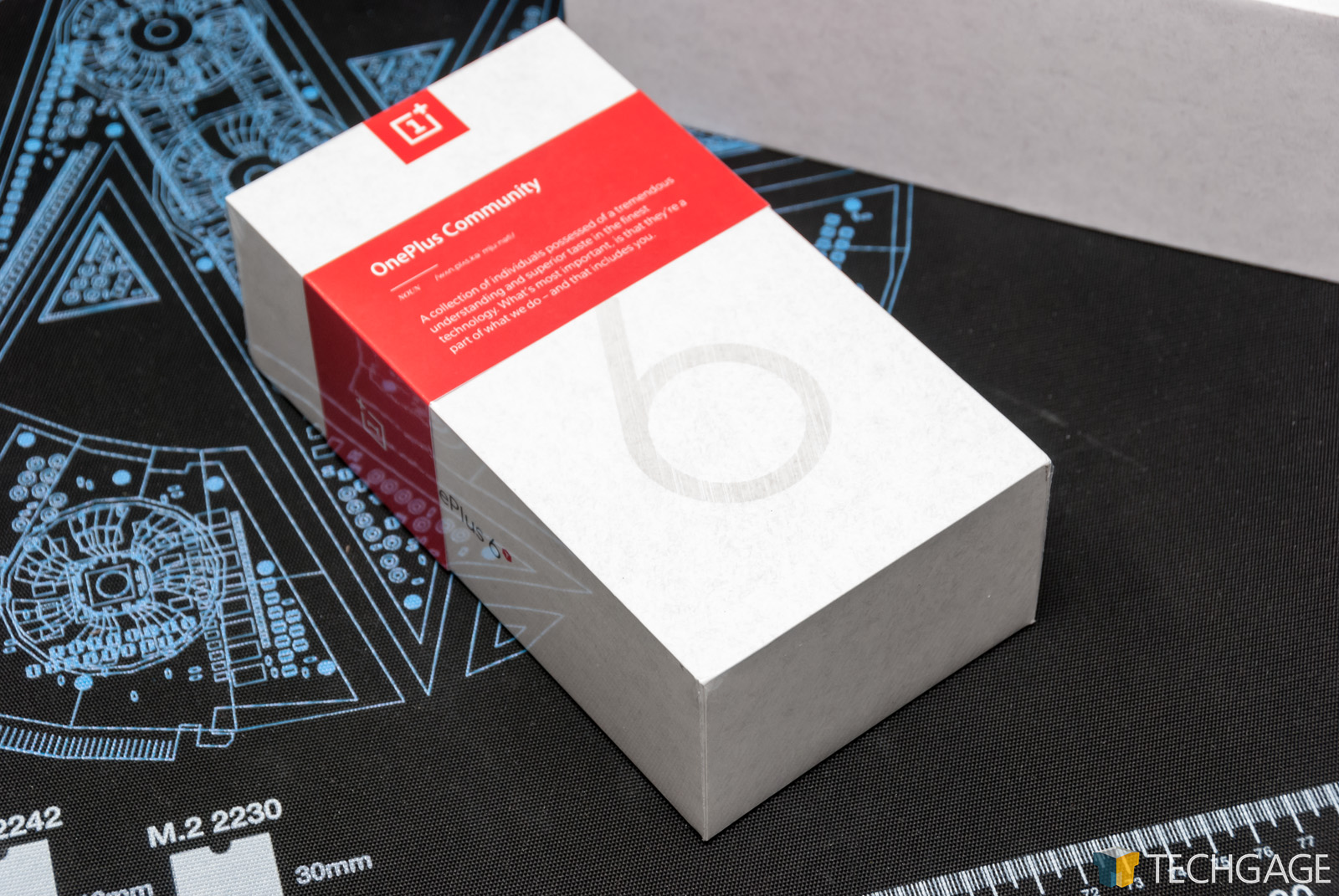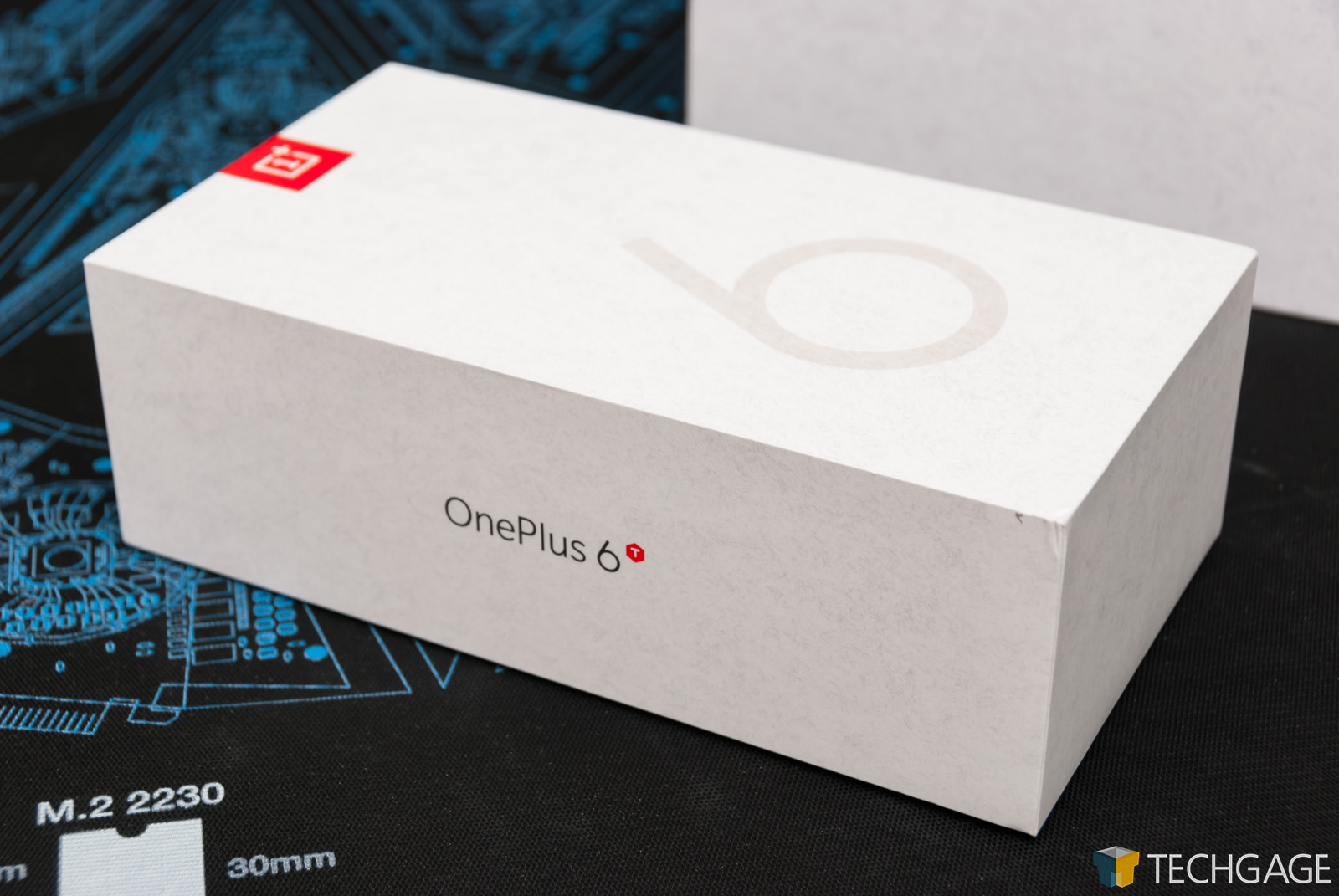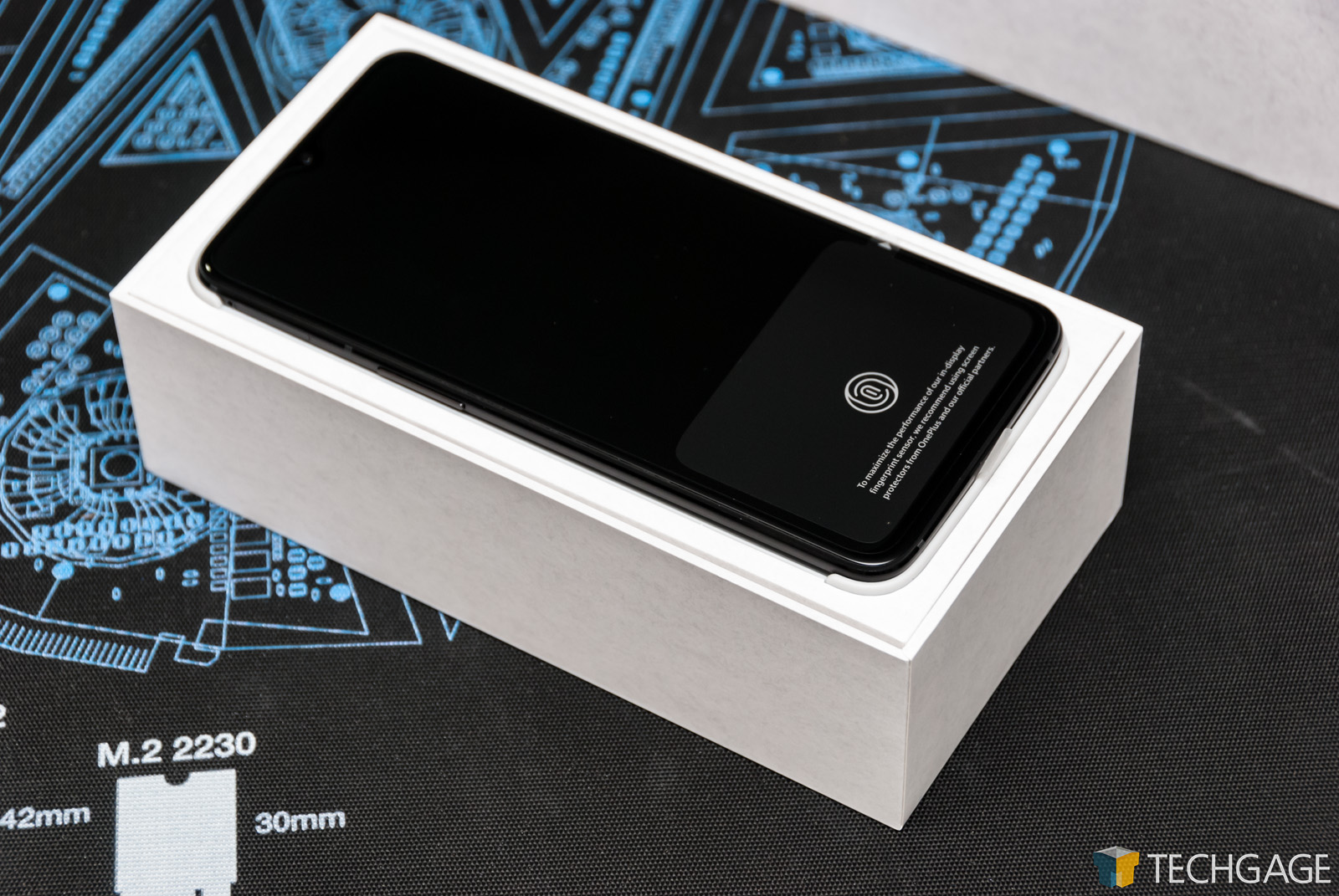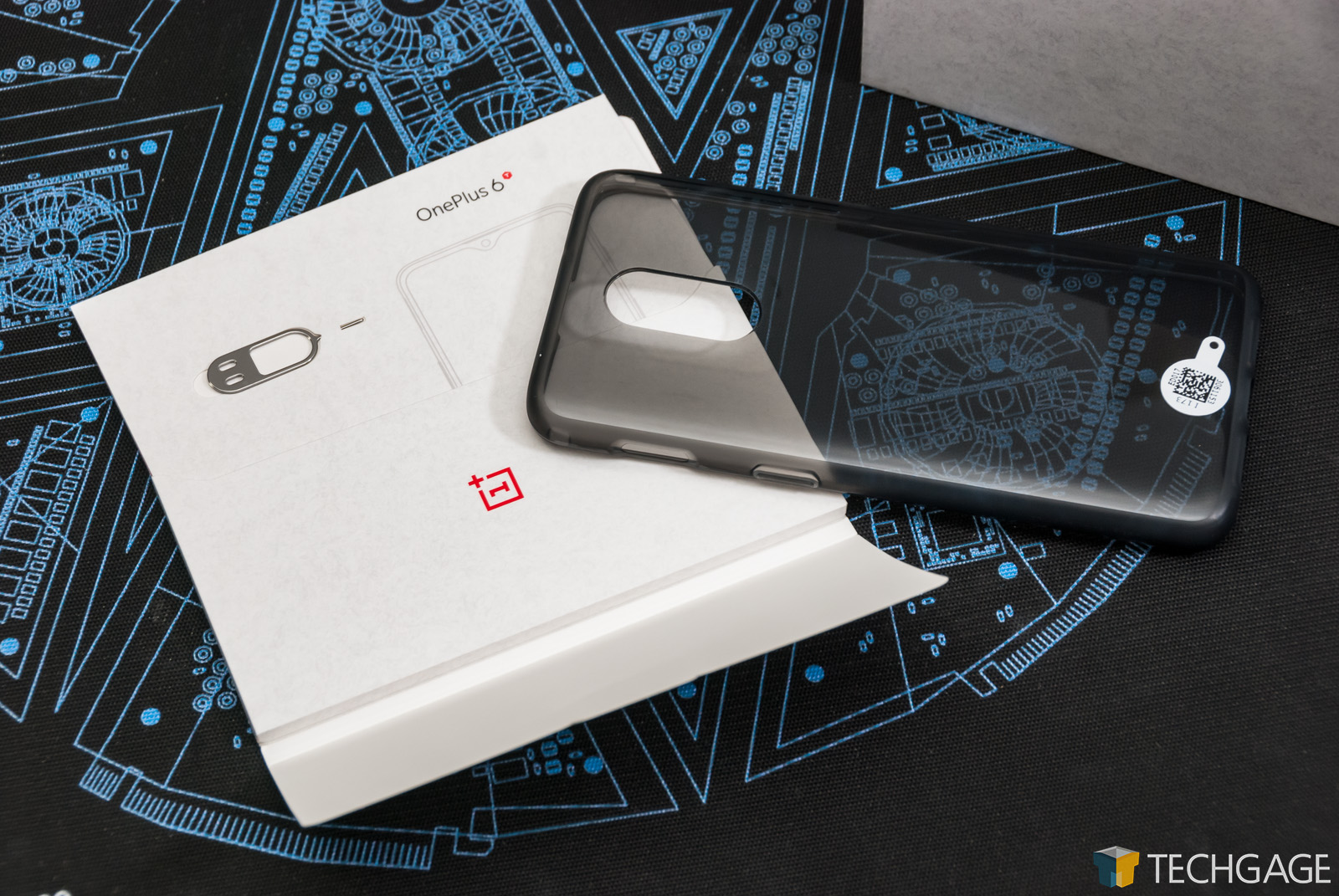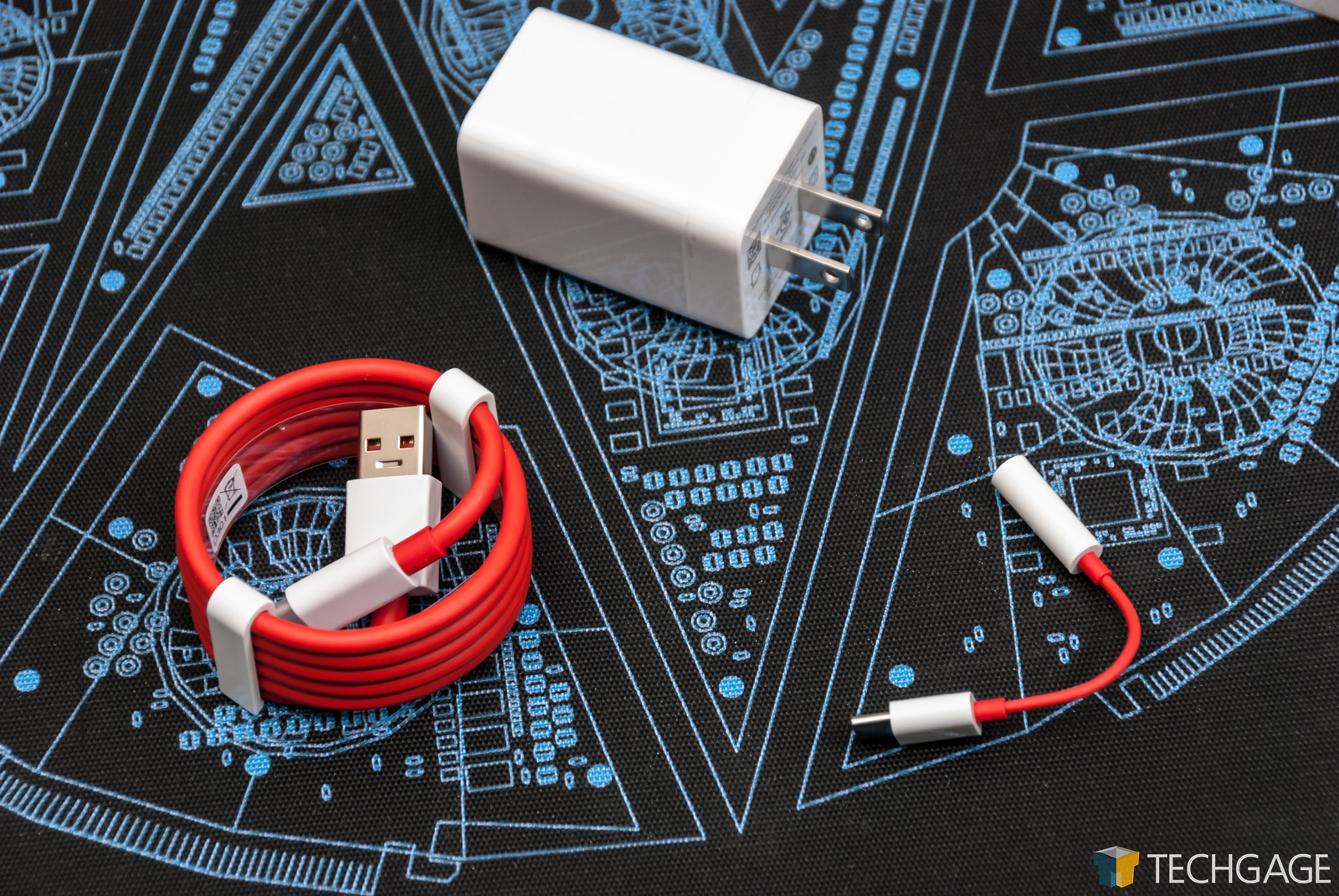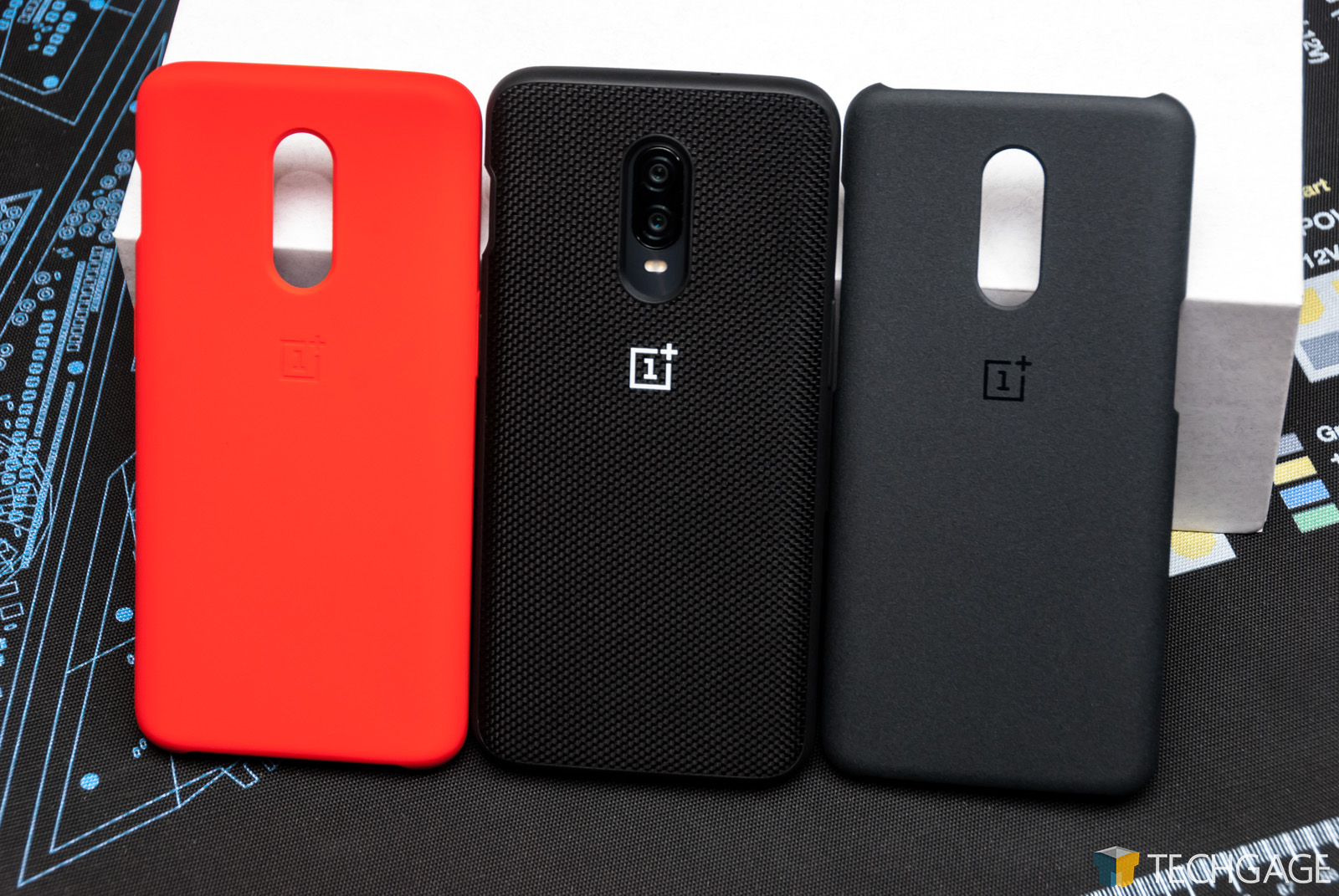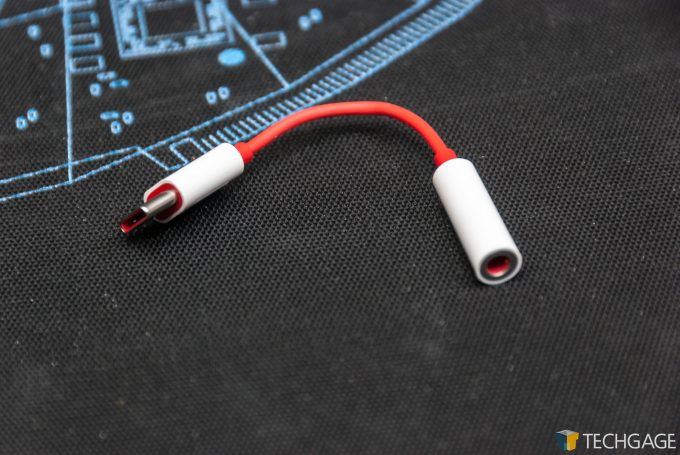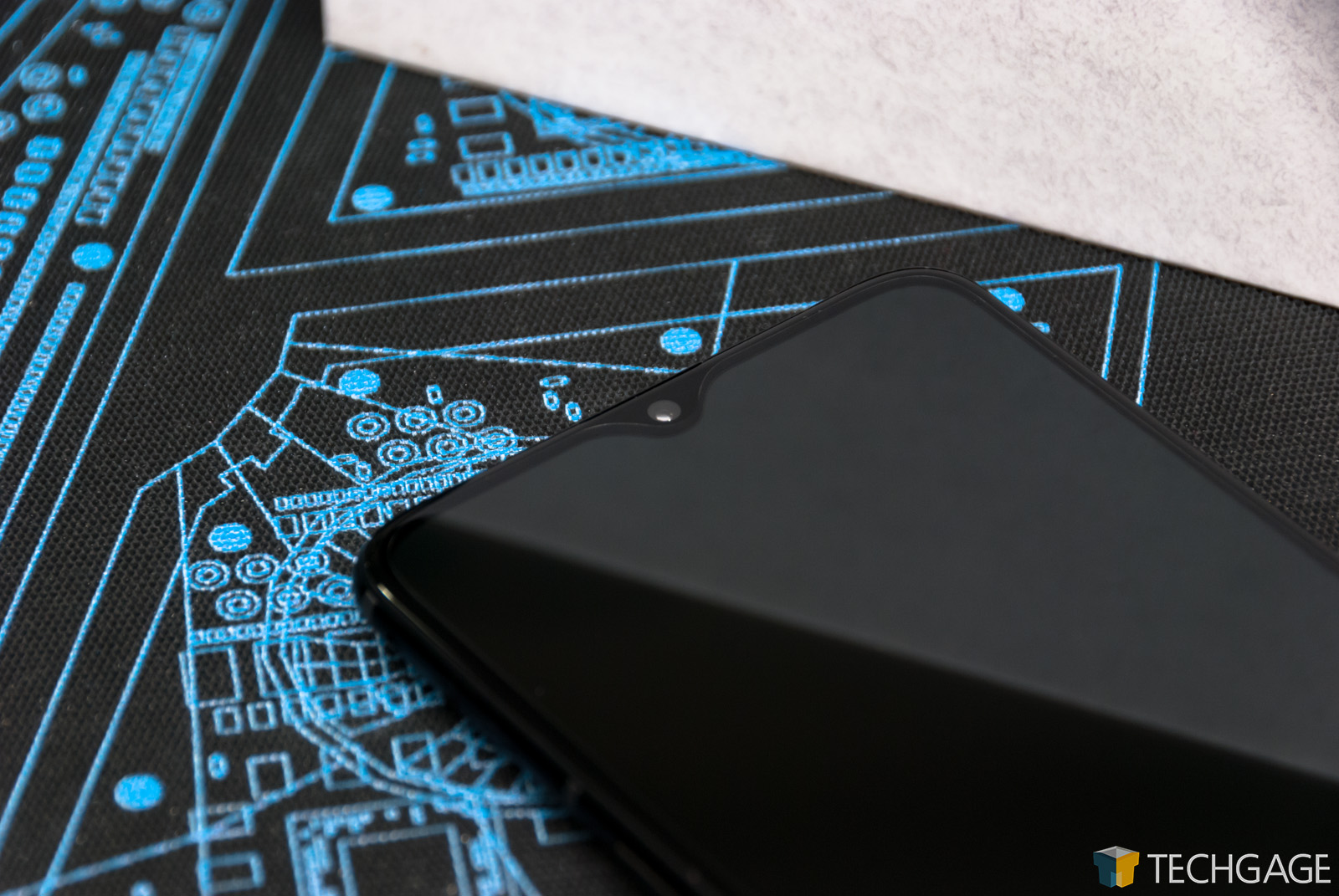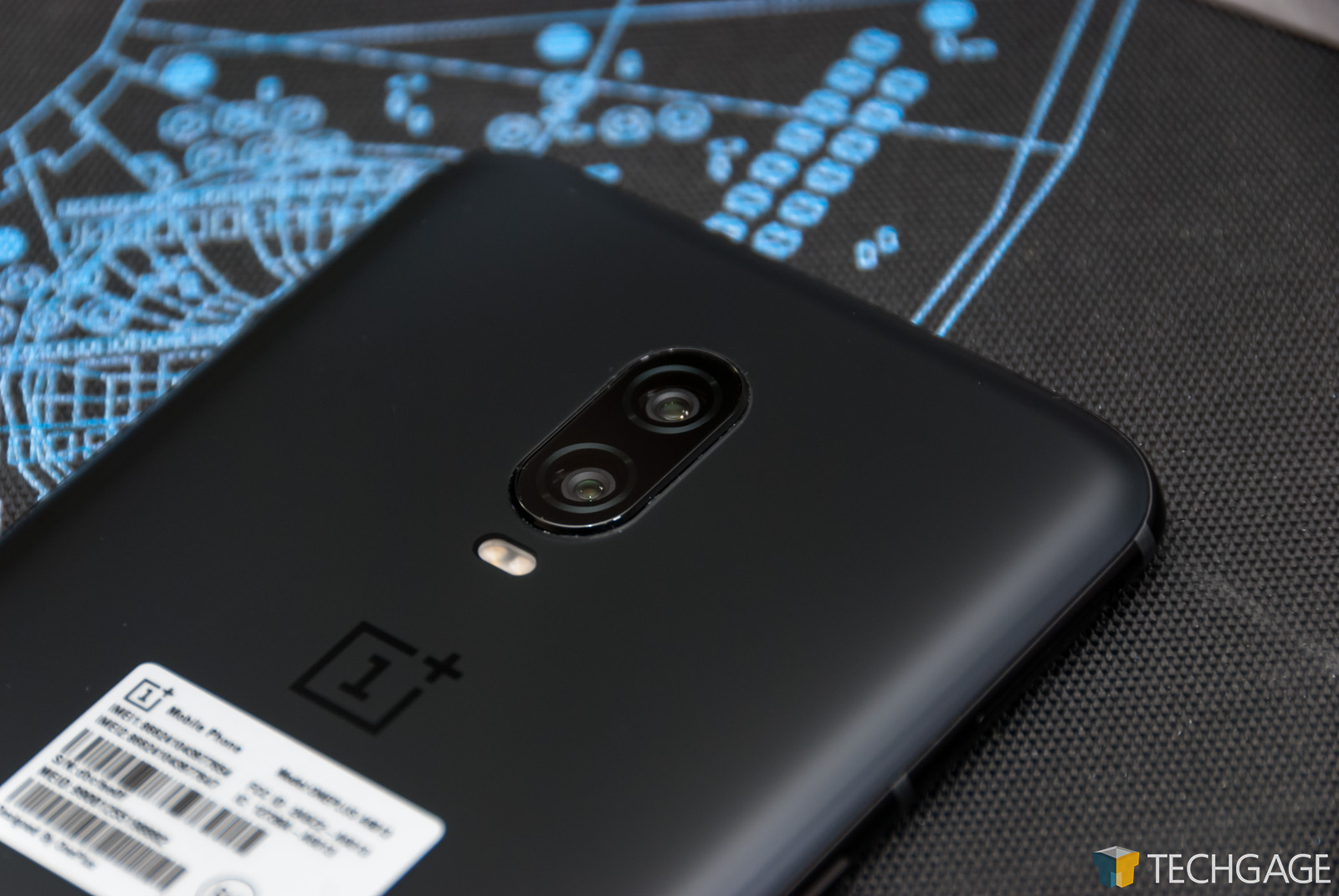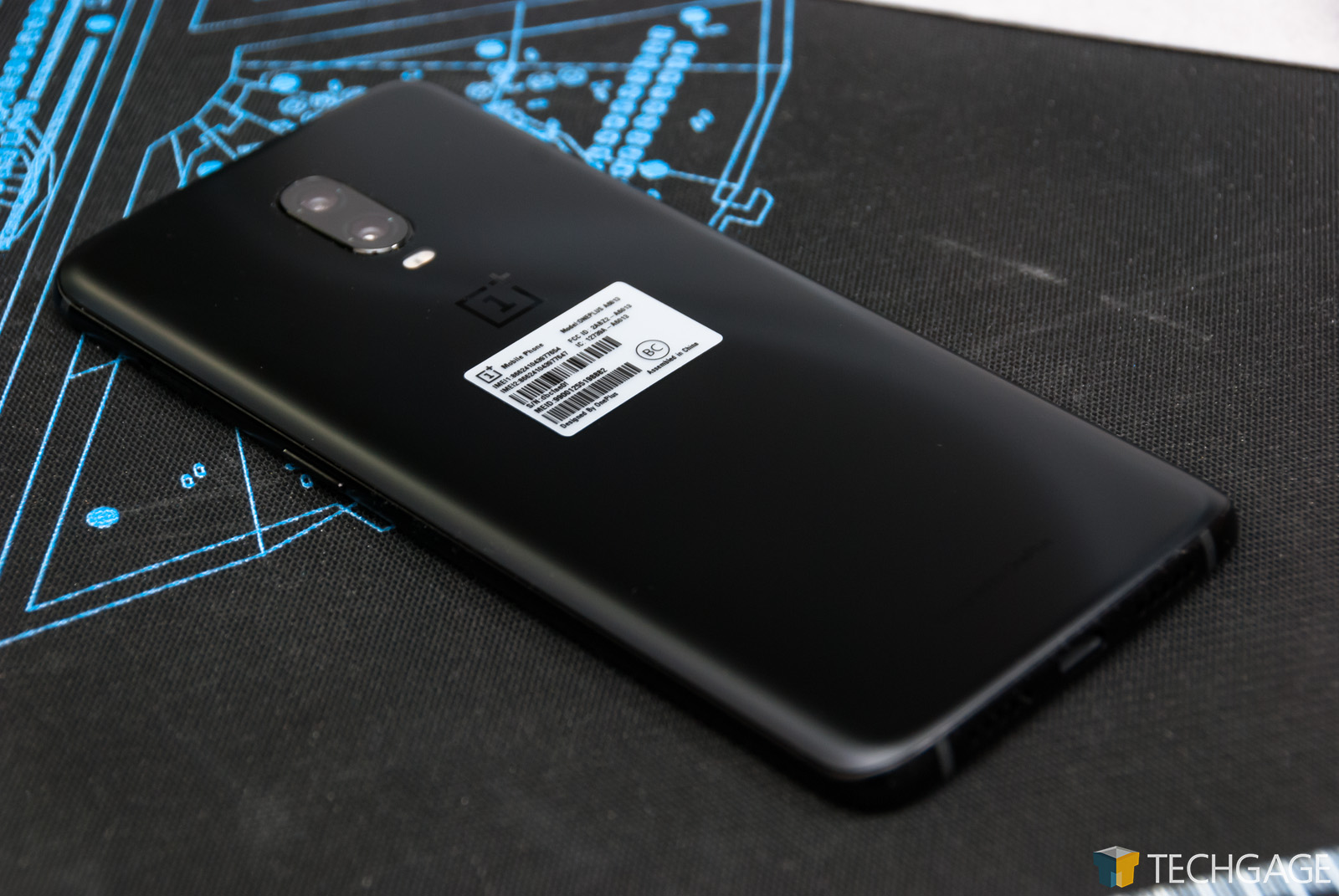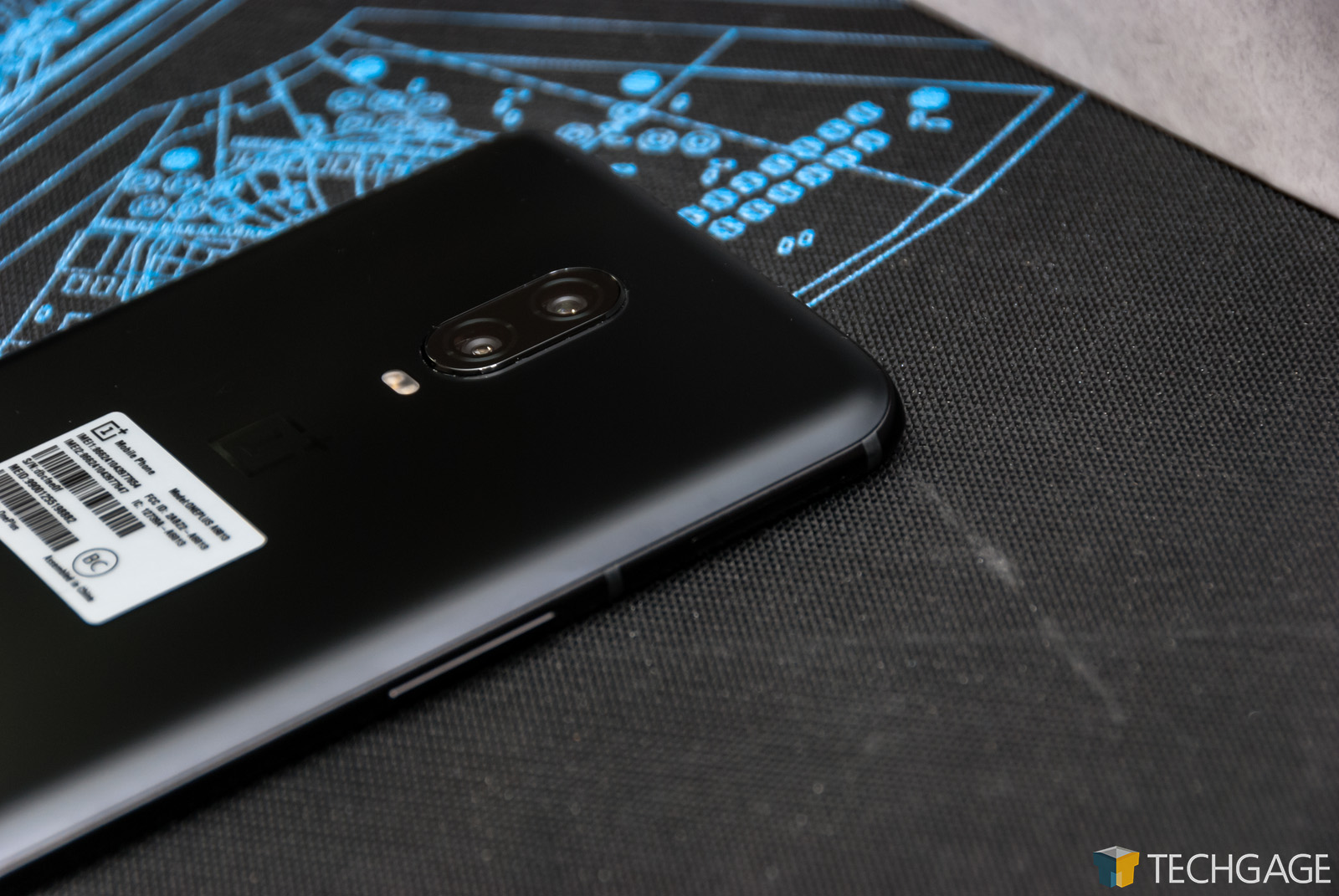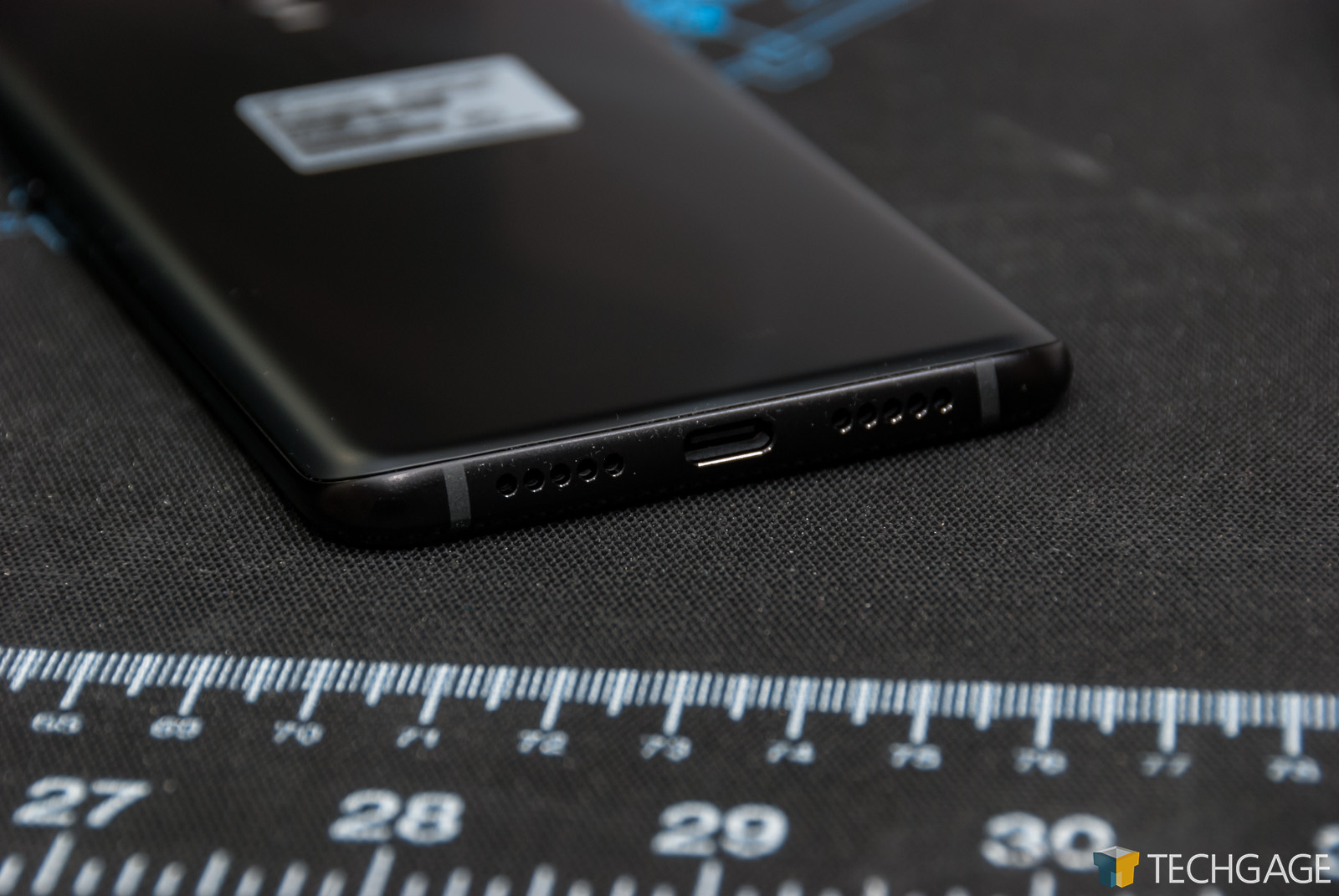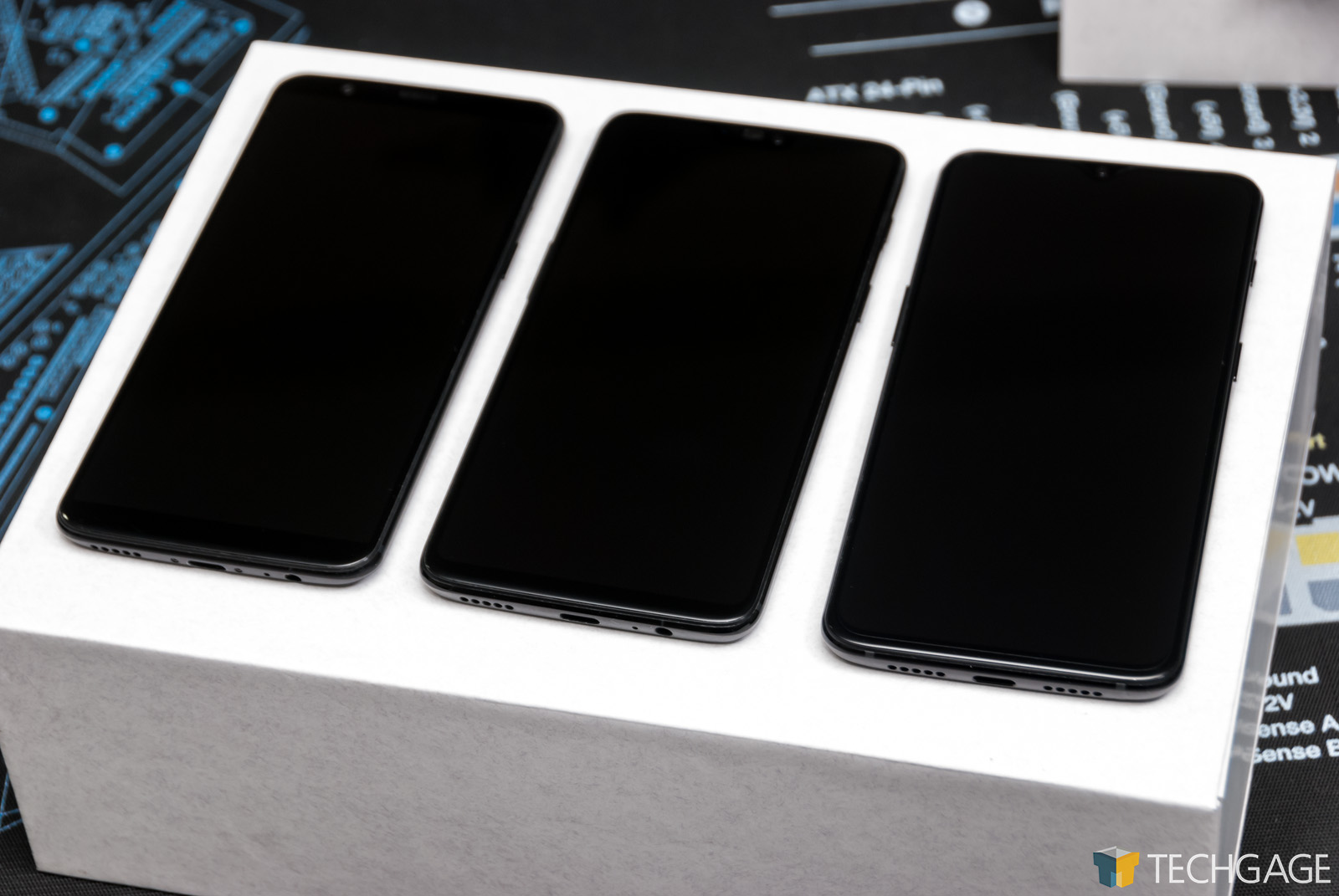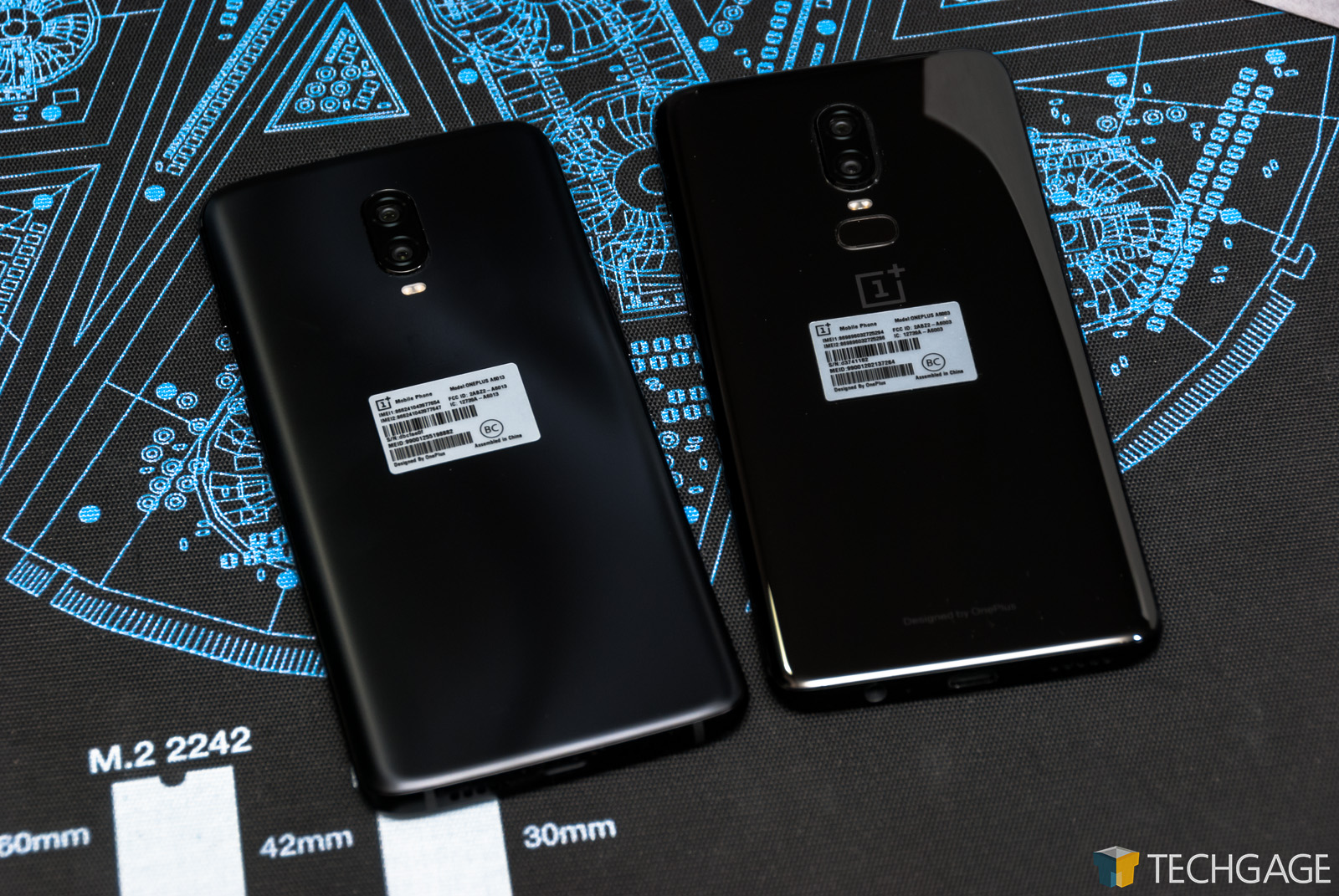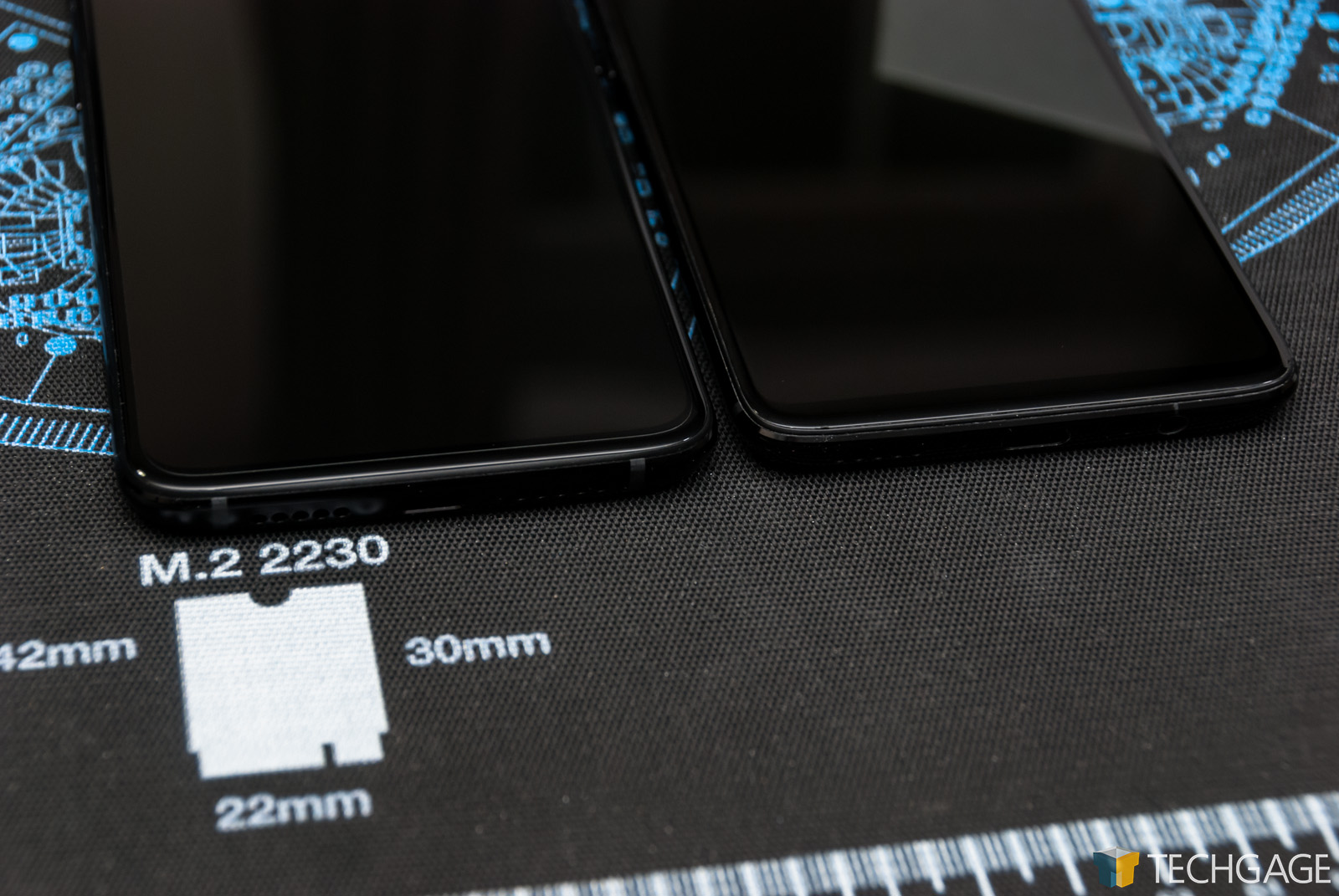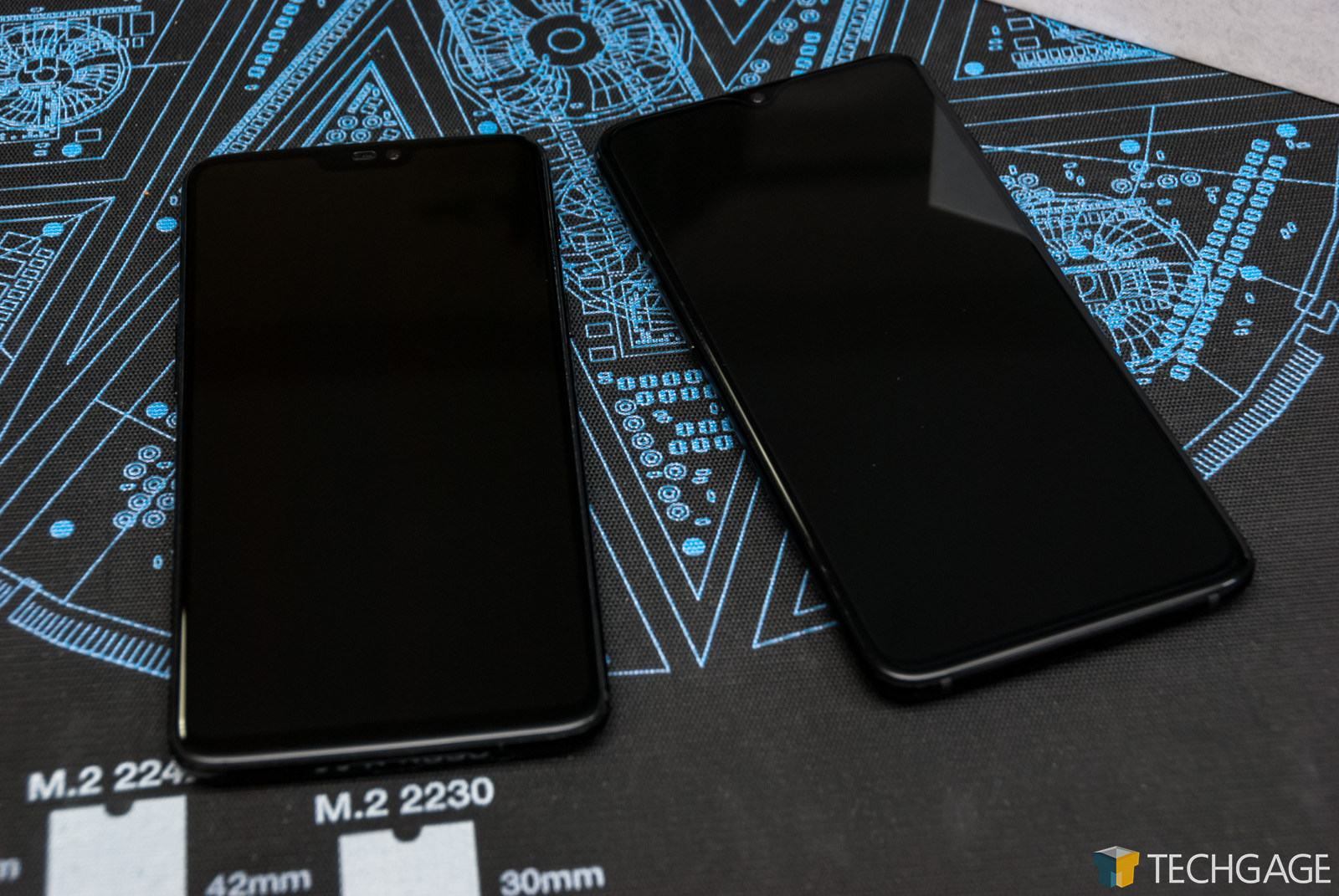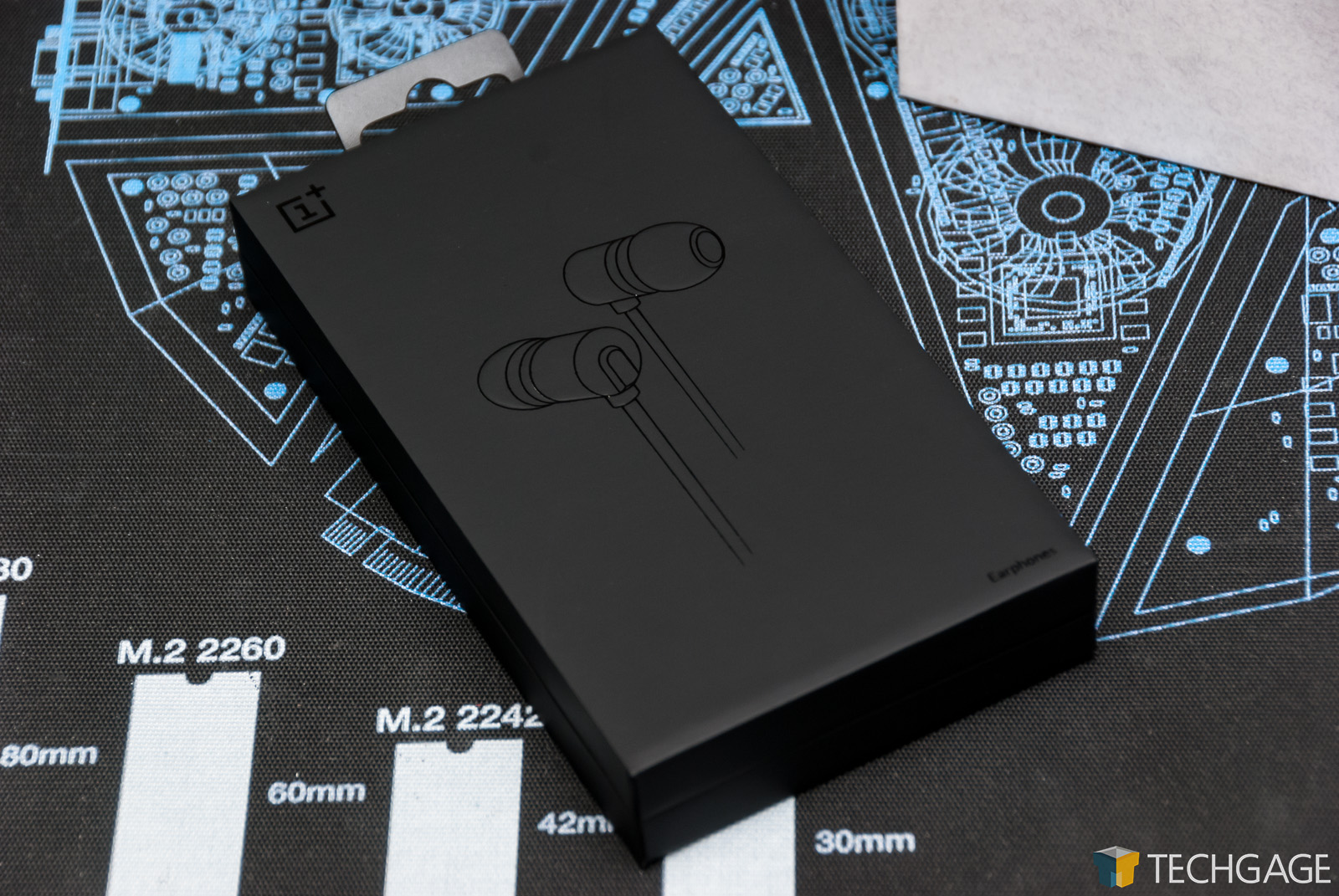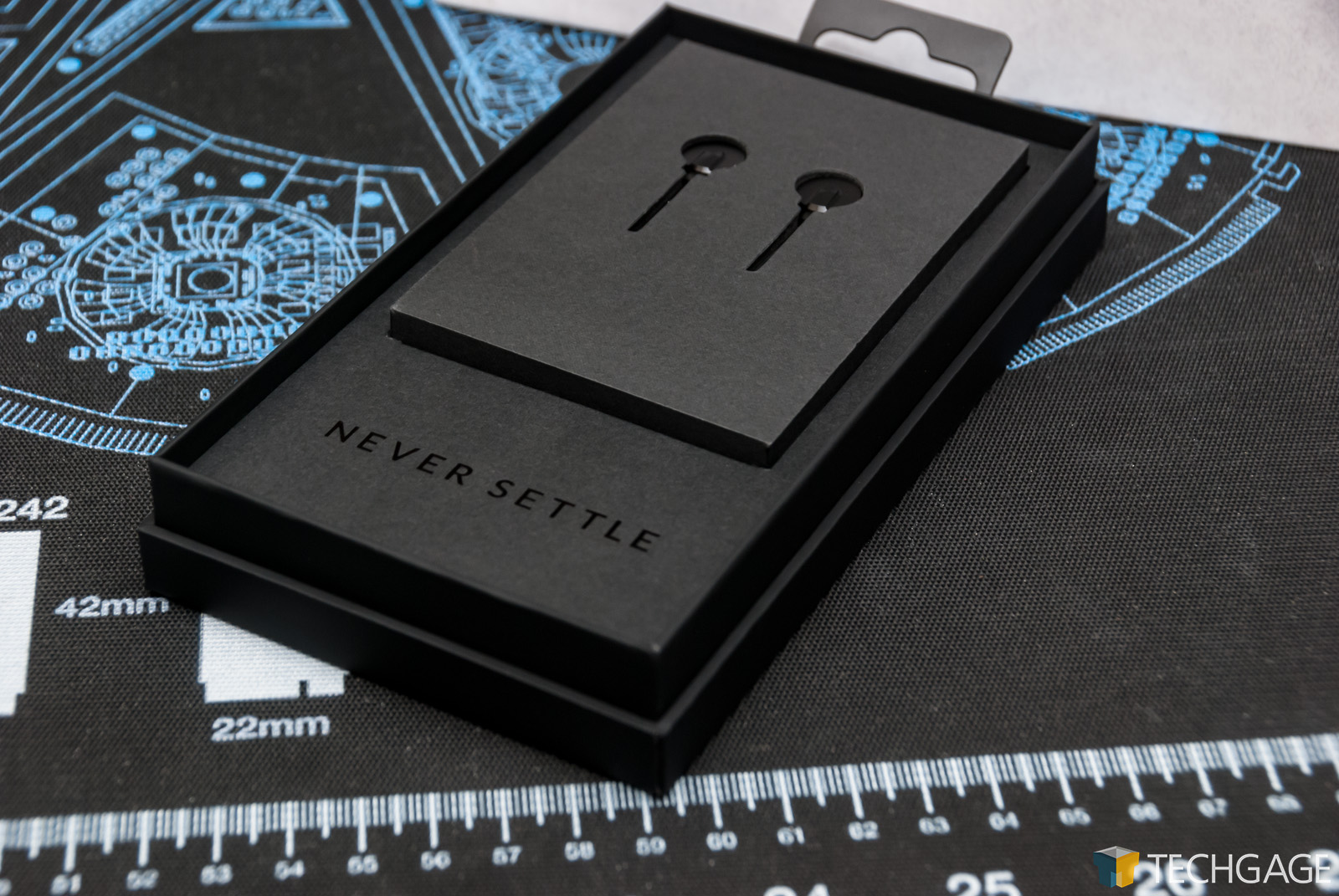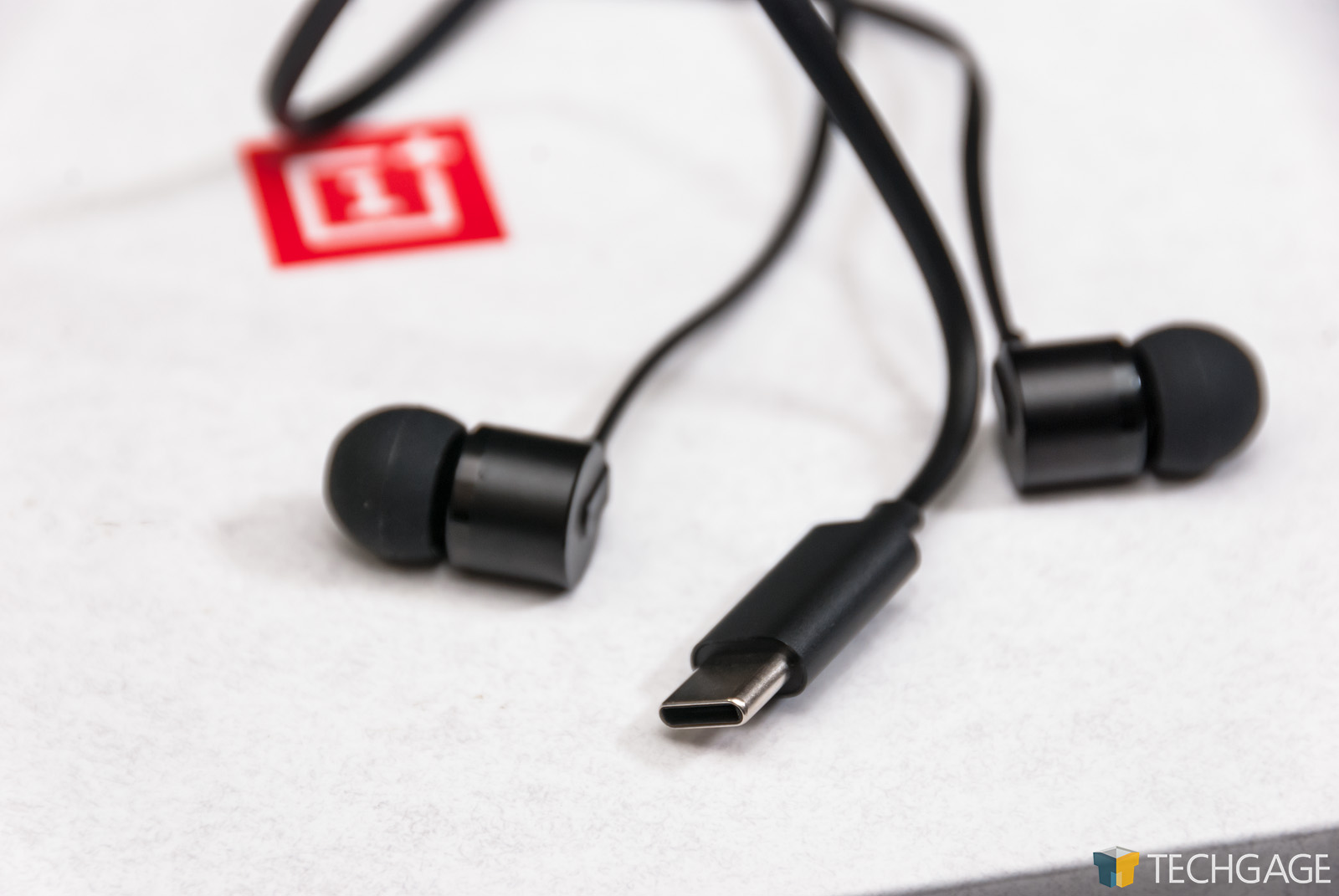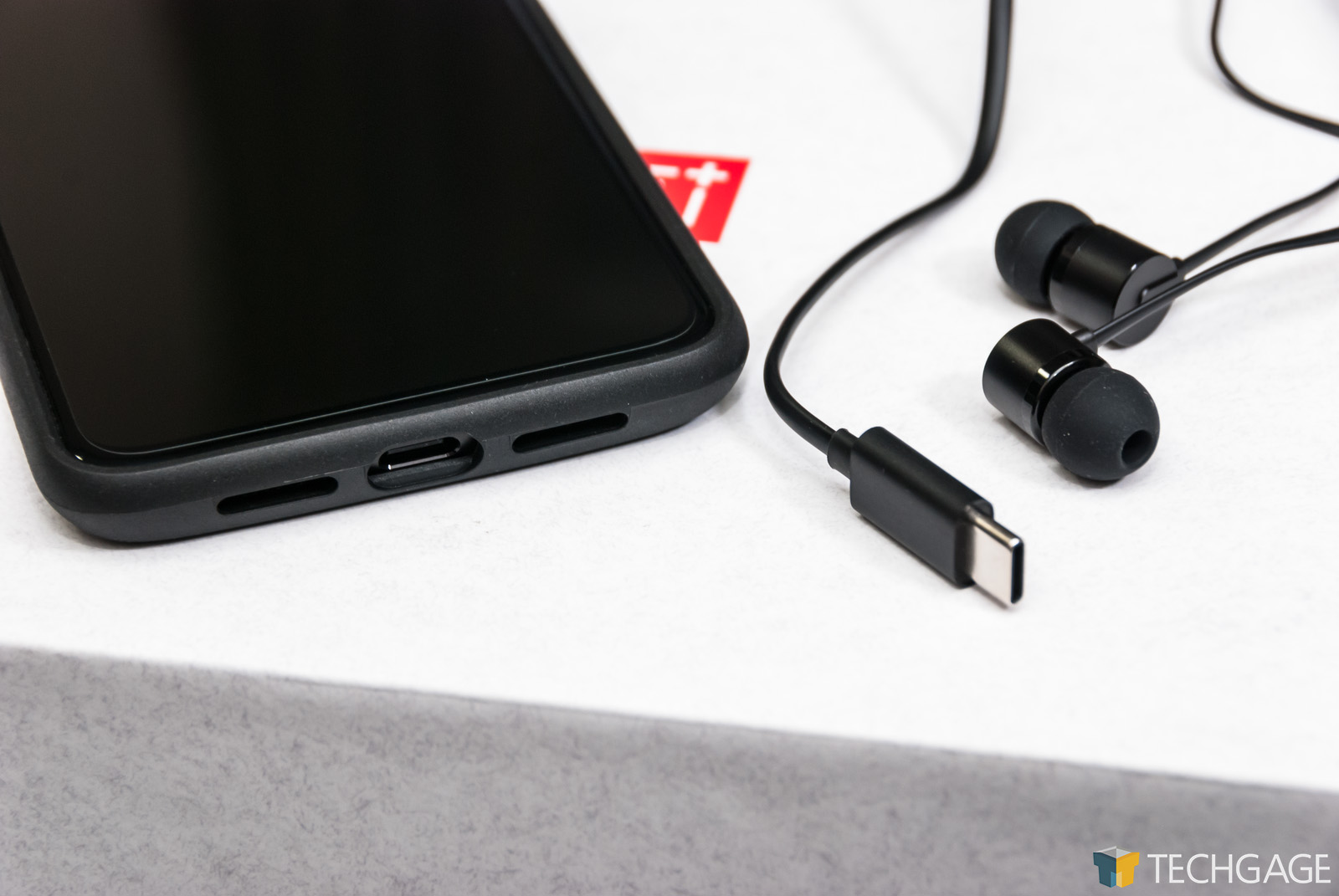- Qualcomm Launches Snapdragon 4 Gen 2 Mobile Platform
- AMD Launches Ryzen PRO 7000 Series Mobile & Desktop Platform
- Intel Launches Sleek Single-Slot Arc Pro A60 Workstation Graphics Card
- NVIDIA Announces Latest Ada Lovelace Additions: GeForce RTX 4060 Ti & RTX 4060
- Maxon Redshift With AMD Radeon GPU Rendering Support Now Available
Jacked Up With Less Jack: OnePlus 6T Smartphone Review

OnePlus’ latest flagship is here, and with it, a few changes also arrive. Gone is the audio jack, but new is the in-screen finger print reader – one that works well, and looks cool. The 6T also packs in Qualcomm’s latest Snapdragon SoC, 6 or 8GB of memory, and 128 or 256GB of storage. It also ships with Android 9.0, helping to deliver a truly up-to-date smartphone right out-of-the-box.
Page 1 – Introduction, OnePlus 6T Hardware & Software Tour
I don’t really envy the work of a smartphone designer. These are devices that are incredibly compact, and complex under-the-hood. There’s only so much room to work with, and likewise only so many changes that can be made to a device before it becomes worse off.
This has to be an especially challenging job for OnePlus’ designers, since the company has been putting out two flagships every year – the latest of which is the 6T, being looked over here.
To look over the last few phones from OnePlus, there don’t seem to be dramatic differences, but there are certainly many subtle ones. There are also some that are not-so-subtle, because they directly change your workflow. You can probably guess some things I’m going to talk about here, and to be fair, the title didn’t leave much to the imagination.
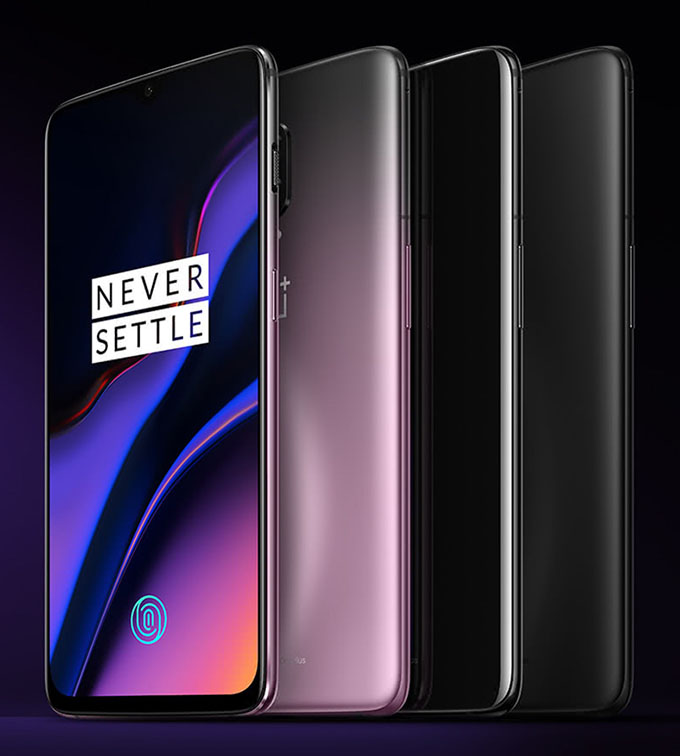
So let’s get that out-of-the-way first: the OnePlus 6T has no audio jack, a downgrade taken straight from the Apple playbook. I remain baffled as to why companies feel the need to mimic Apple so much, because there’s nothing wrong with differentiation in the market – and as far as I’m concerned, there was absolutely nothing wrong with the audio jack.
Nonetheless, it’s looking likely that the lowly audio jack is gone for good from OnePlus’ phones, despite outcry from fans over the past year proving that the majority want it to remain.
When the OnePlus 6 adopted a notch, I admit that I hated it at first. Over time, I grew into it, because at the end of the day, notifications are kept up top, and they sit comfortably next to the front camera. Even after the concept of a notch grew on me, I didn’t immediately like the one on the 6T, but I guess some regular use had to be in the cards, because I’m of the mind now that it’s the best notch of them all.
A lost audio jack isn’t something I can get used to, because I don’t have a (good) pair of wireless earbuds, and don’t plan to get any. I’m regularly stuck on planes for close to 14 hours over the course of most travel, and that’s not complementary towards earbuds that last a few hours on a charge. I’d rather just plug in my wired buds and not have to worry about any other battery than the one in my phone.
Many people seem to be totally fine losing the audio jack, and I respect that. However, this stubbornness on my part isn’t because I hate change. Moving from the OP6 to OP6T means that I can’t charge my phone on a plane if I listen to music, because the USB-C port will be hogged. I could get adapters, but doesn’t that go against progress? Removing the audio jack, to me, is change for the sake of change. It’s not like the 6T is waterproof.
Nonetheless, as seen in the shot above, OnePlus includes a USB-C to audio jack adapter in the box, and in all of my testing, it’s been pretty much unnoticeable – a good thing. Even with the adapter, you can still take advantage of your inline volume control (or song skip, pause, et cetera).
It might seem like I’m harping on just a few points here, but the reality is, the 6T isn’t a massive overhaul on the 6. Both devices feature the same general internal components, which includes Qualcomm’s Snapdragon 845, and up to 8GB of memory. The 64GB storage option appears to die with the OP6, as the 6T only offers 128GB and 256GB sizes.
| OnePlus 6T | |
| SoC | Qualcomm Snapdragon 845 8-core CPU (4×2.8GHz + 4×1.7GHz) Adreno 630 GPU |
| Display | 6.41-inch 1080×2340 (402ppi) AMOLED |
| Storage | 128 or 256GB |
| Memory | 6GB or 8GB LPDDR4X |
| Wireless | Supports GSM, LTE, HSPA & CDMA Supports 2×2 MIMO Dual-band 802.11ac Bluetooth 5.0, GPS, NFC |
| Camera | Front: Sony IMX371 (f/2.0) 16 MP Rear: Sony IMX519 (f/1.7) 16 MP + IMX376K (f/1.7) 20 MP Capture: 4K 30/60, 1080p 30/60/240, 720p 30/480 |
| Battery | 3700mAh Li-Ion (Non-removable) |
| Weight | 185g |
| Dimensions | 74.8 x 157.5 x 8.2mm |
| Et cetera | Android 9 Supports 2 SIMs Uses a USB-C (2.0) connector |
The base OnePlus 6T has 6GB of memory and 128GB of storage ($549). Moving on up to the next model will give 8GB with the same storage for $30 more ($579). Moving from the bottom to the top carries an $80 premium, but bumps the memory from 6 to 8GB, and storage from 128 to 256GB.
At its launch, the 6T could be purchased with either a midnight (matte) or mirror (reflective) back, but OnePlus just added a great looking “Thunder Purple” option to the mix – and I’ll be jealous of those who snag one.
I mentioned before that there are few internal differences between the 6 and 6T, but the resolution has gained a 60px boost to the height, giving us a resolution of 1080×2340 (vs. 1080×2280). The 6T is a pinch taller than the 6 as a result. Another subtle difference is that the 6T has an even thinner chin, maximizing more of the front display.
As has become standard fare for OnePlus, the 6T supports two SIM cards, making it super easy for travelers to swap between carriers. This design decision means that the phone doesn’t support a microSD card for additional storage, which may or may not be an even trade depending on your needs.
When you look at the back of the 6T, you’ll notice the distinct lack of a finger print reader. Don’t worry: if you’re used to a finger print reader being in that location, you’ll be tapping the flash on the 6T trying to unlock it a fair bit before your brain retrains your muscle memory. Another continuing feature is a toggle that lets you switch between ring, vibrate, and silent mode.
The slider below has comparisons between the 6T, 6, and also the 5T. You’ll have to look real close to appreciate all of the differences, but they’re definitely there. I personally think the mirror black back is the best of the bunch, but as someone who never uses a phone without a case, it’s too bad I don’t get to see it more often. That is unless of course I need an impromptu mirror.
With the loss of the audio jack on the 6T, the bottom of the phone gives the impression that there’s a second speaker to improve sound – and I wish that were the case. Instead, the right side opening seems to be just for letting air flow through, because I’ve never heard sound come out of it. If that were a second speaker, it could help make up for the lack of an audio jack just a wee bit, though I admit that the number of times I listen to anything on my phone directly without earbuds is rare.
And speaking of earbuds, OnePlus has decided to usher in the wireless generation by including some wired Type-C earbuds with our review kit:
The greatest thing about these isn’t the fact that they cost only $20, but that they offer really good sound for that $20. I’ve been using a much more expensive pair (Aurvana Trio) of earbuds over the past year, and while there is an obvious difference between them, I wouldn’t be complaining if I had to “put up with” this $20 pair for a while.
If you have this pair of earbuds and a OnePlus phone, you’ll be able to set a specific profile that optimizes them for the device, but even that’s not going to be a one-size-fits-all option. Fortunately, an EQ is a few taps away if you want to tweak your sound for whatever type of content you’re consuming.
Support our efforts! With ad revenue at an all-time low for written websites, we're relying more than ever on reader support to help us continue putting so much effort into this type of content. You can support us by becoming a Patron, or by using our Amazon shopping affiliate links listed through our articles. Thanks for your support!




